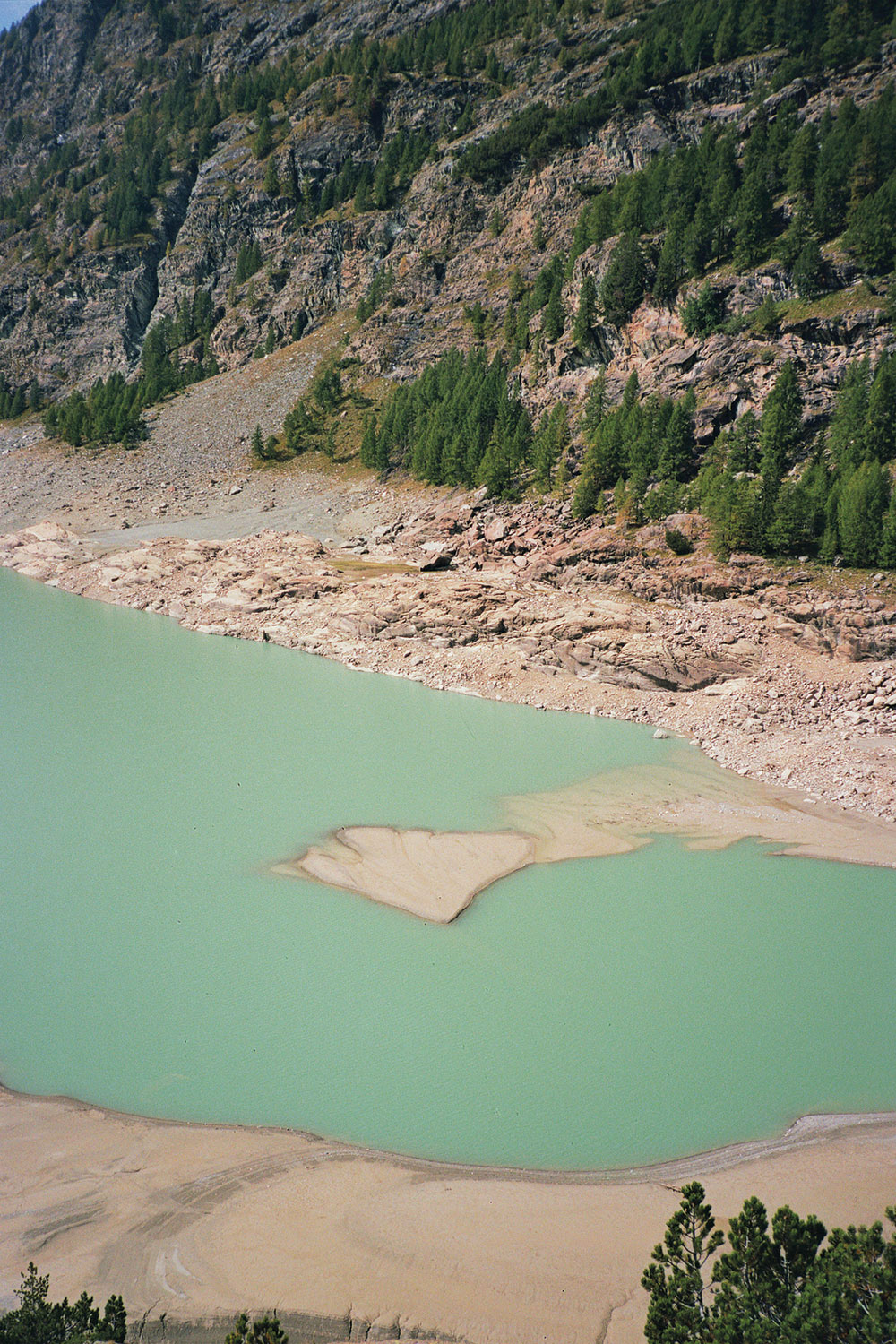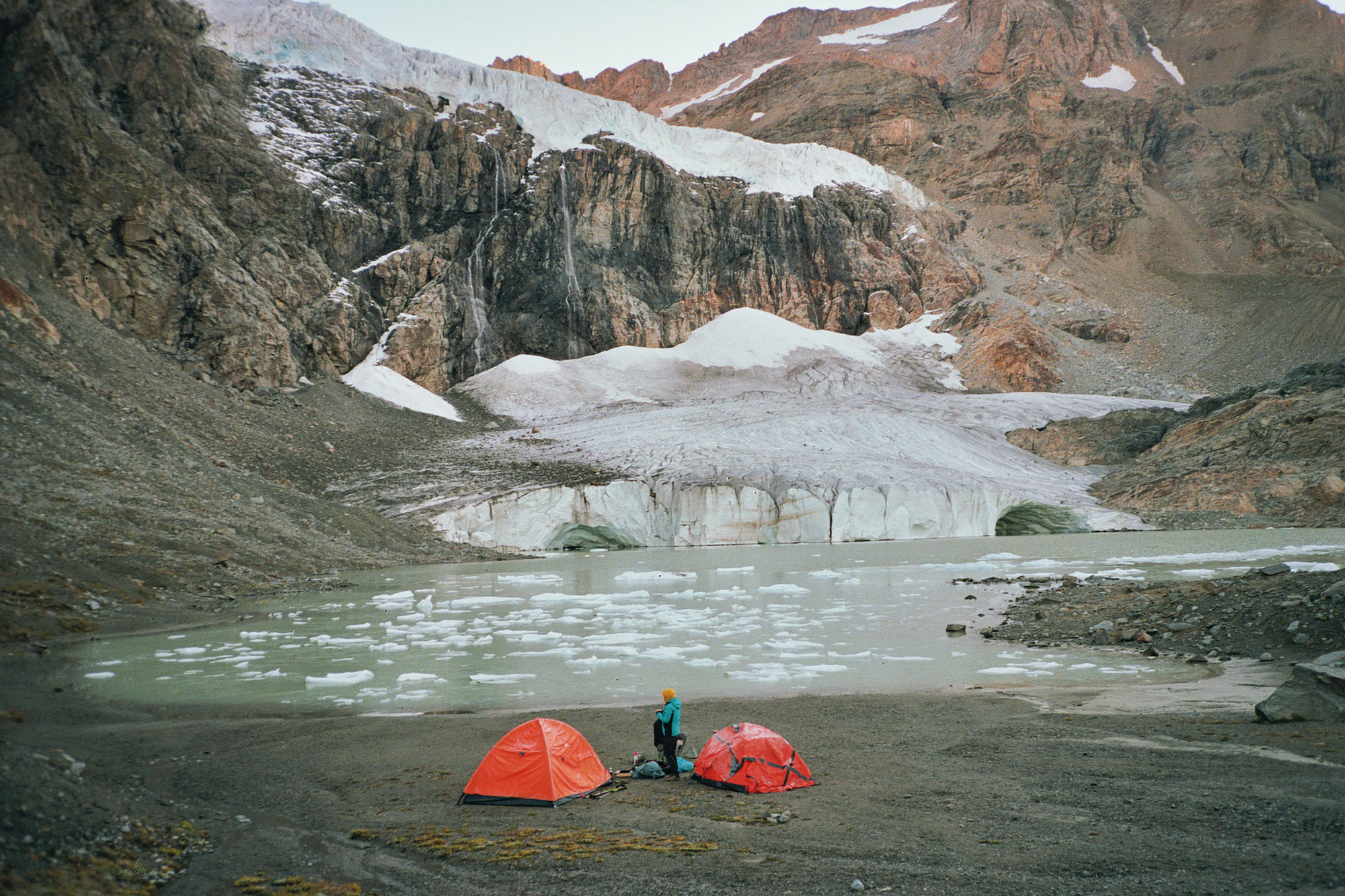By: Valeria Margherita Mosca
Photos: Achille Mauri
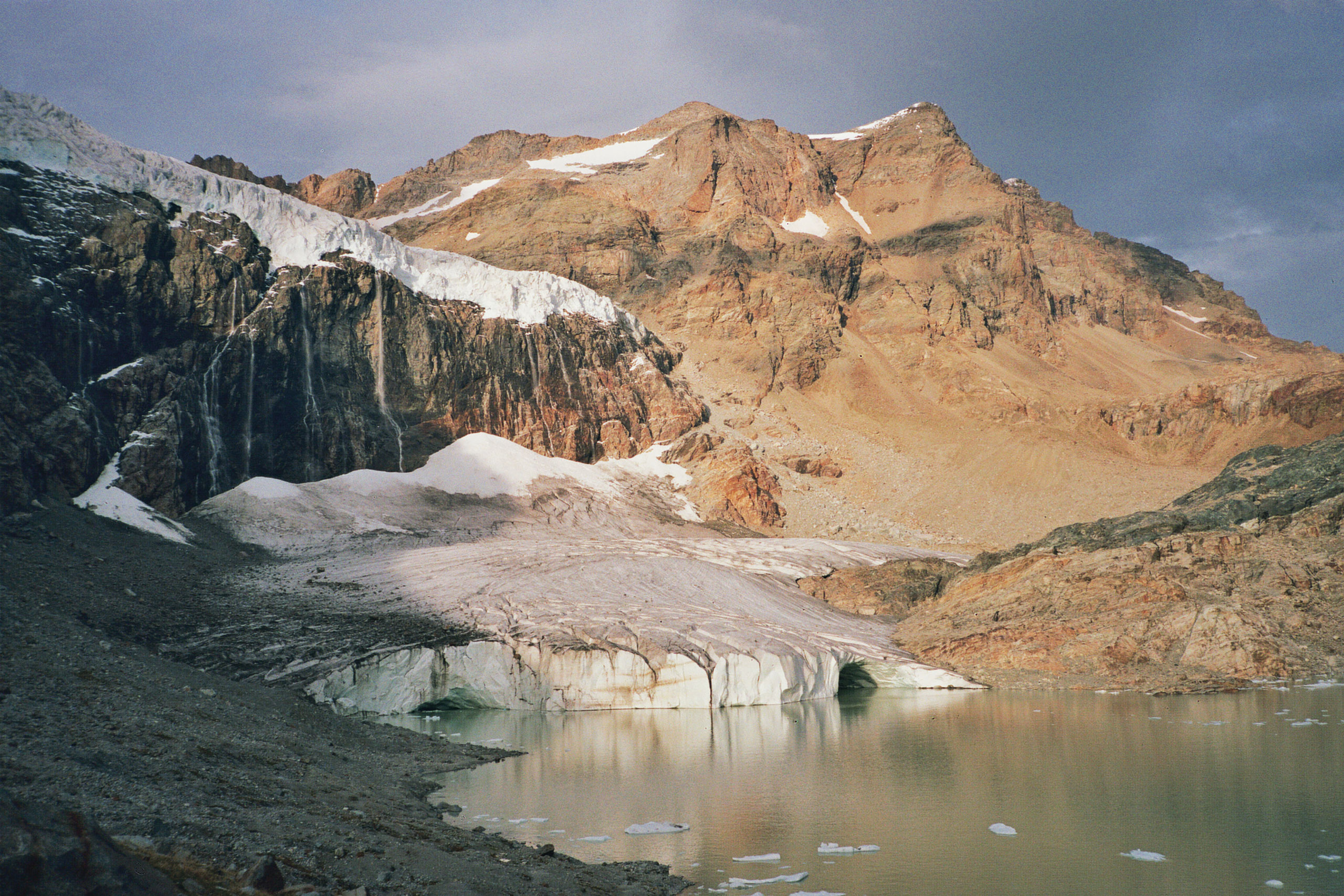
Mother Earth
“Teach your children what we have taught our children, that the Earth is our mother. Whatever befalls the Earth befalls the sons of the Earth. If men spit upon the ground, they spit upon themselves. This we know: the Earth does not belong to man, man belongs to the Earth. All things are connected like the blood which unites one family. Whatever befalls the Earth befalls the sons of the Earth.” Letter sent in 1885 to US President Franklyn Pierce from Chief Seattle of Duwamish People
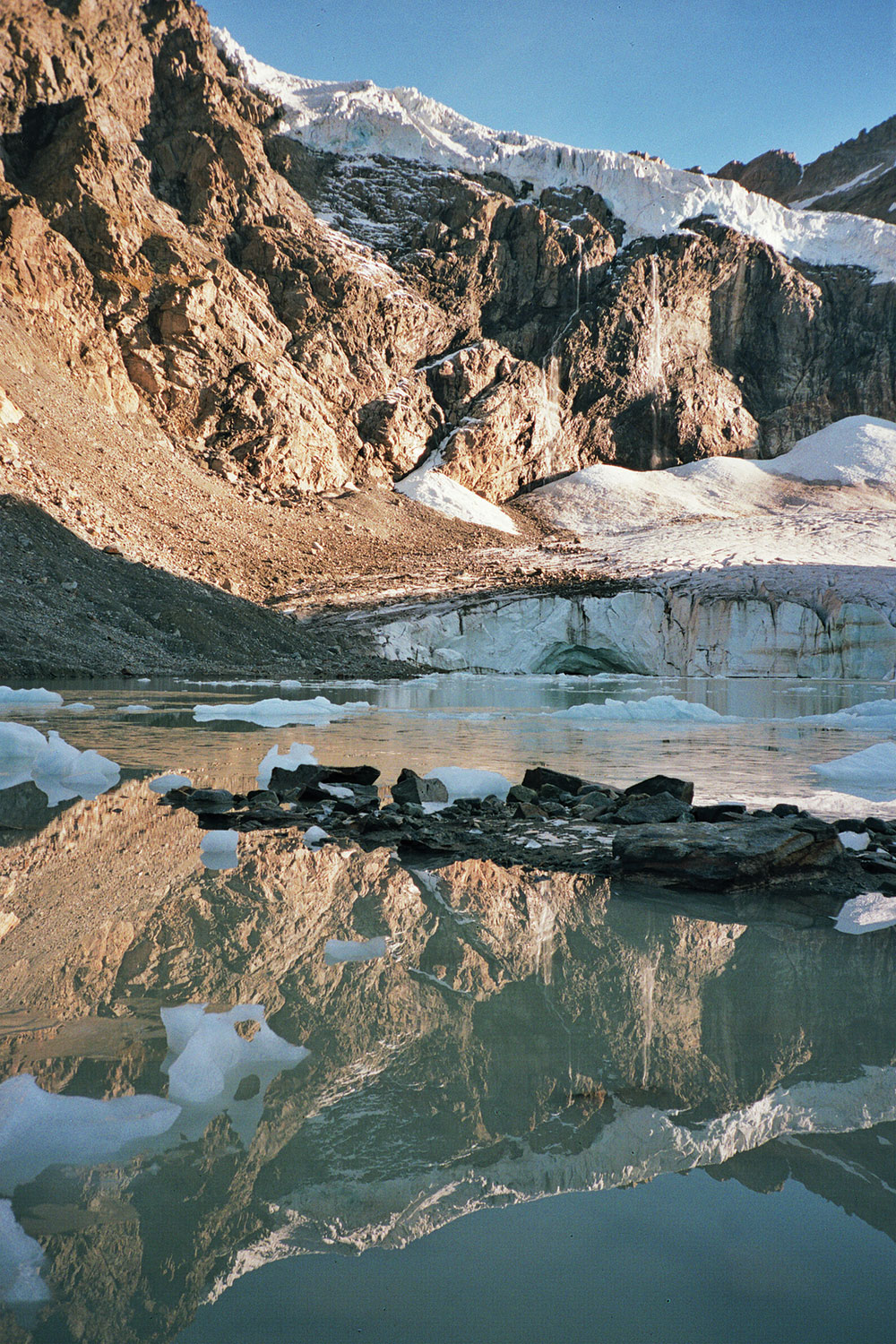
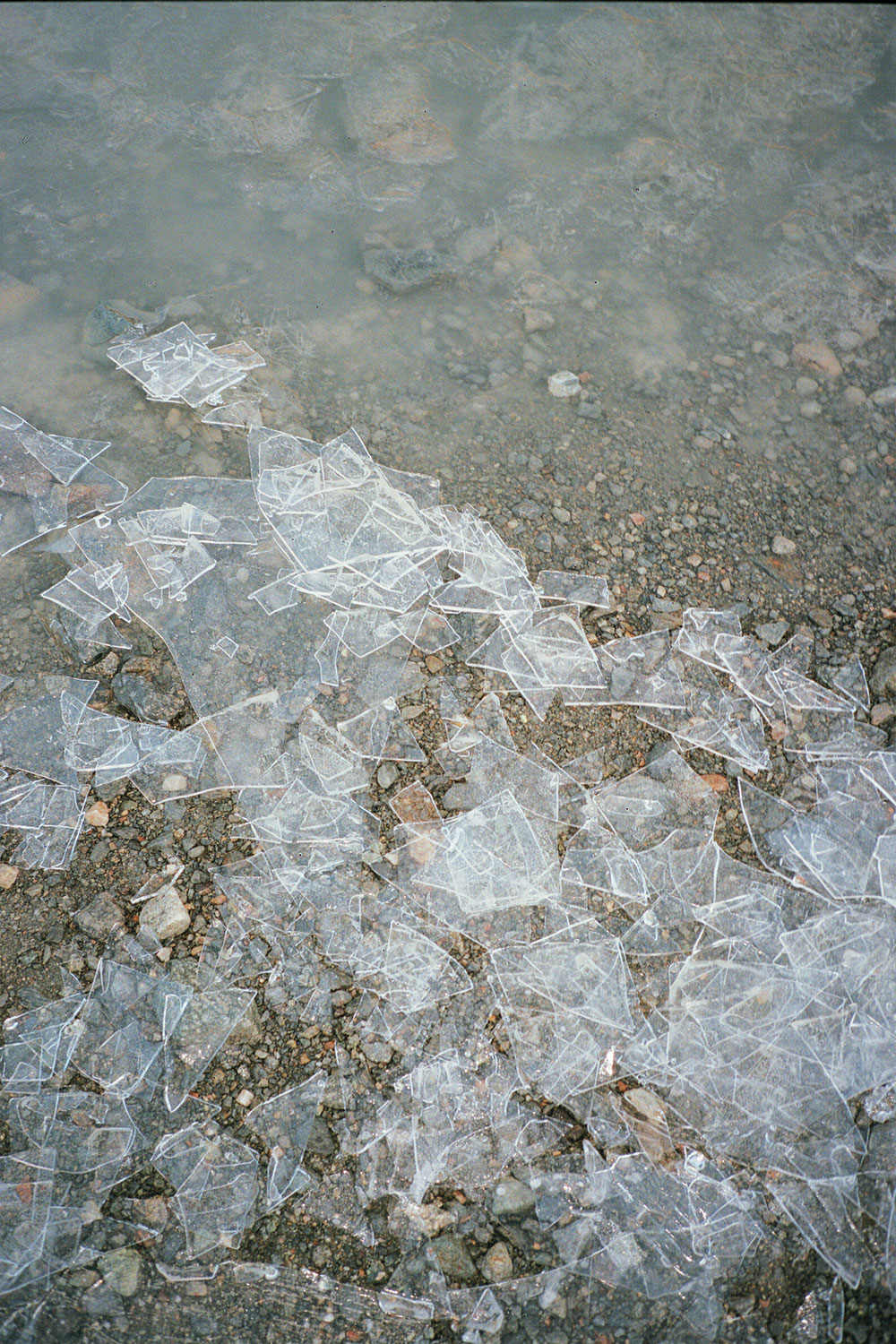
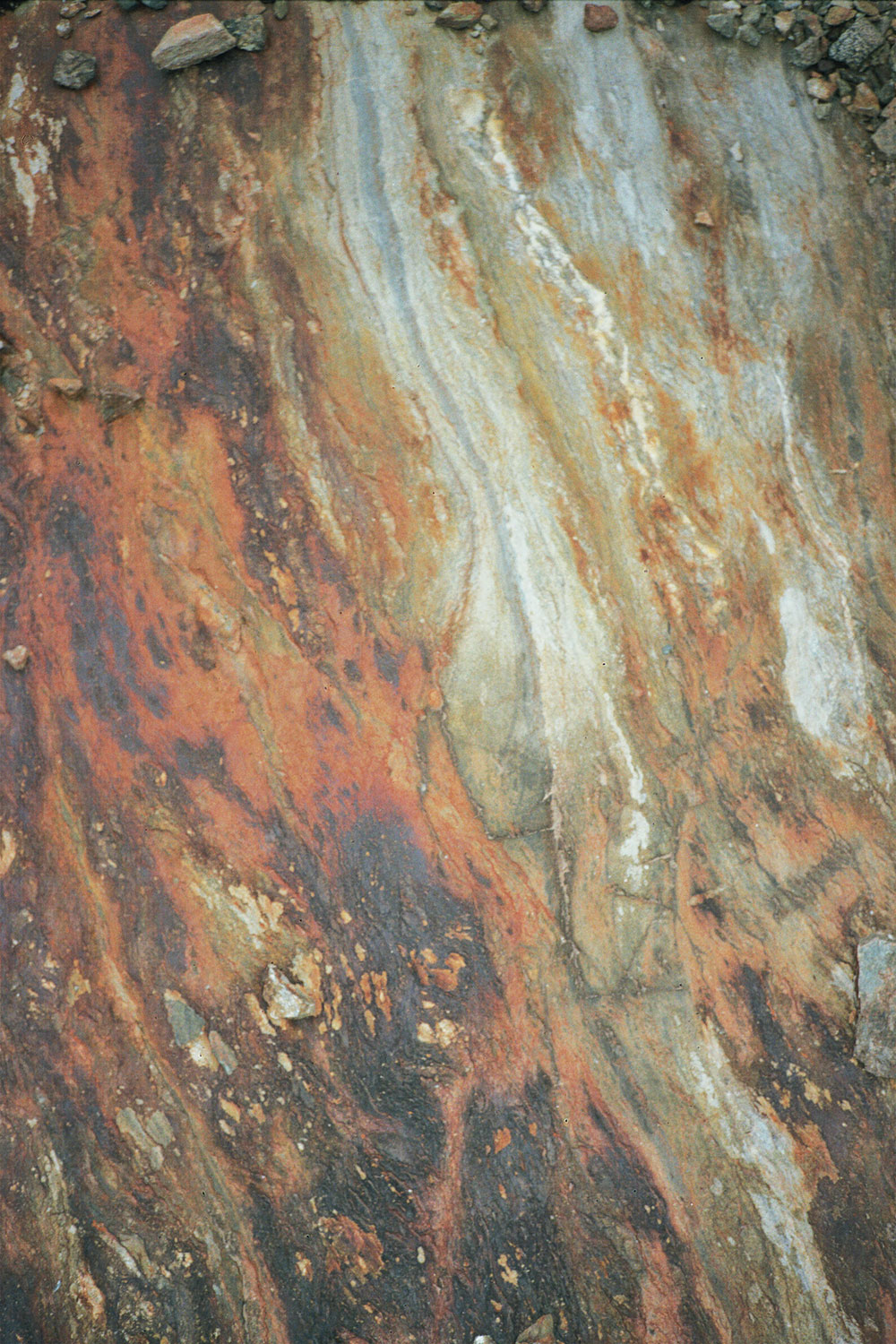
In all cultures and for millennia, the biosphere has always been regarded as a living planet complete with spirit, in its most animistic conception. A living creature that breathed, with an organic aspect, self-sufficient, characterized, rich in conscience, considered sacred and invoked and celebrated as a goddess. The ancient Greeks called it Gea, the Austrulian aborigines Kunapipi and the Andean peoples Pachamama. Pachamama in Aimara mythology, together with the goddesses Mallku, spirit of the mountain, and Amaru, winged serpent, symbolized the trilogy of the relationship between society and nature.
In all cults linked to the celebration of the Earth, the common thread has always been the awareness of the condition of the human being as an integral part of nature and its cycles, not above but within nature. Mother Earth, in our history of human beings present on the planet, has been treated with the utmost respect in every part of the world as sacred, sacred because every day she nourished the human being with her fruits, hydrated him with her water and generated the air that was breathed and therefore, as necessary, sacred. Also in Italy we still find many references to this attitude of profound gratitude for our planet.
For example in Sappada, in the province of Belluno, it’s possible to visit a ravine called Acquatona. It is a deep gorge carved by the Piave river at the meeting point with Rio Acquatona, where the river flows with a jump of more than 50 meters. This fascinating waterfall can be observed from the bridge placed close to the provincial road just before the town. An iron staircase leads up to the river bed and almost to the waterfalls. The sound of the river in the gorge generates an impressive and terrifying echo, majestic and stunning, which makes you shiver. The term that gives its name to this place, Acquatona, means precisely donated water (water that thunders according to another interpretation), suggesting the generosity of Mother Earth who, through the river and the waterfall, gives us water.
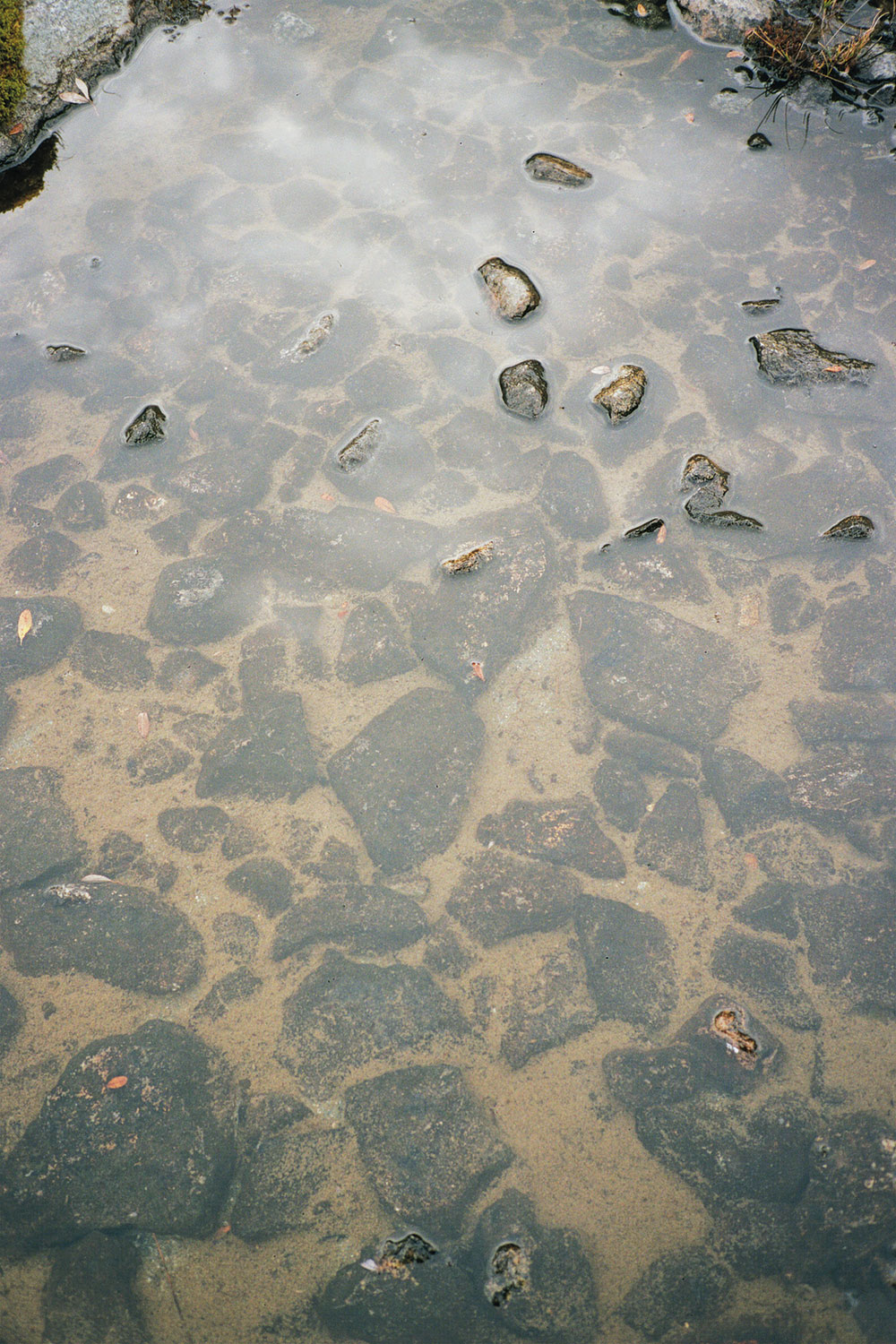
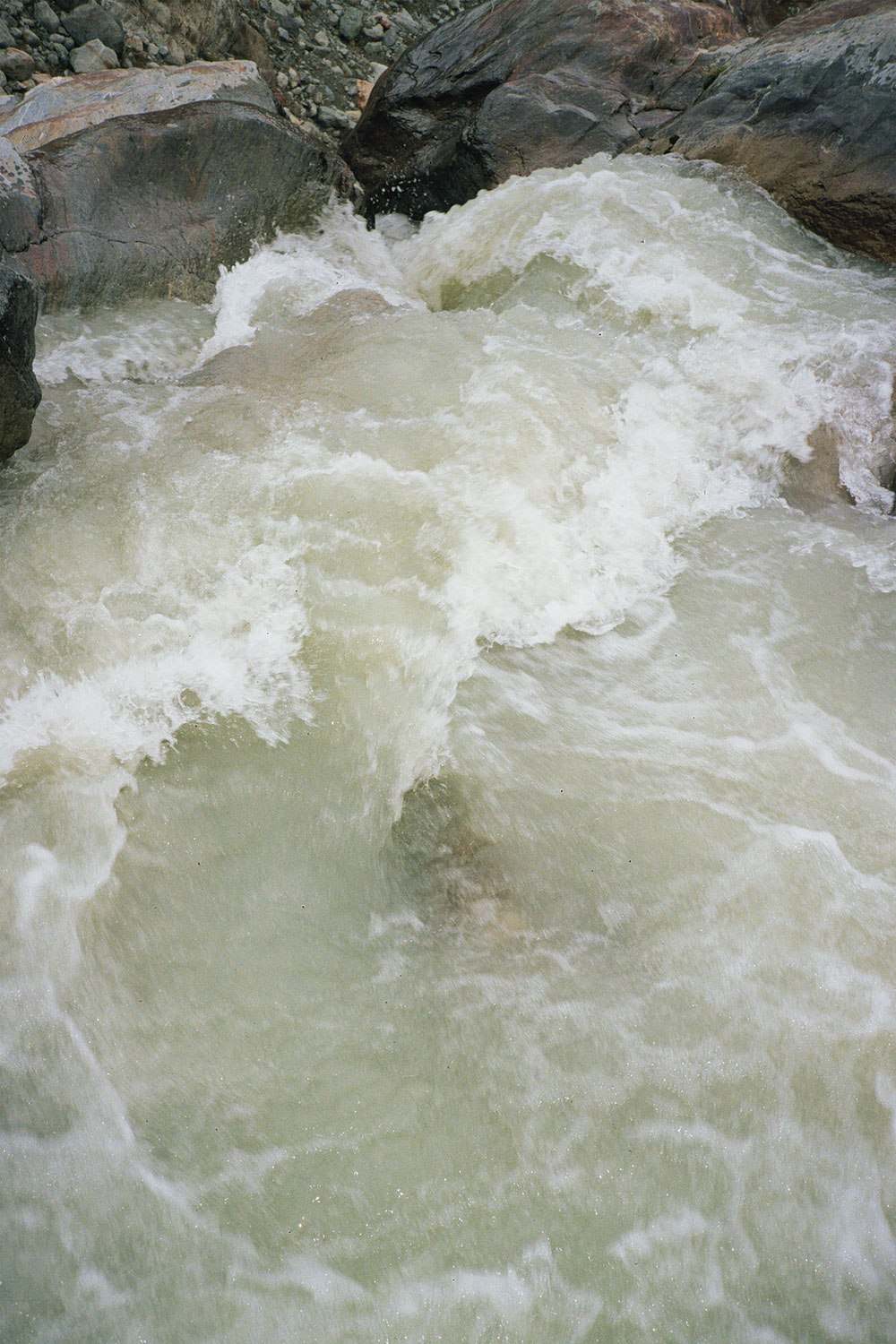
Then, with the first Protestant Reformation, the philosophies of Descartes and Bacon and the new scientific era, progress arrived and with it not only an improvement in the essential conditions of civilization but also a quick and depressing abandonment of the fundamental values of respect for the planet and of the role of men inserted in the complex mechanism of the biosphere. Little by little we have raped this wonderful living planet, plundering it and exploiting every resource without mercy. Mother Earth, from a sacred, venerated and honored entity, has become our exclusive object of conquest. The most striking and most perplexing feature, which I have glimpsed briefly recalling the sad rise of this new society, is the common belief in the need to persuade human beings that life on Earth has no metaphysical meaning or transcendent purpose.
I find that a good compromise between a scientific attitude, and therefore a propulsive one for an improvement in human physical conditions, but which maintains a more transcendental attitude in its bases, can be well represented by the Linnaeus case. The Swedish physician and naturalist devised the binomial nomenclature that we still use today to name botanical species. He was born in 1707 in the Swedish province of Småland.
His father was a pastor and to follow his will Linnaeus enrolled in the Faculty of Medicine of the University of Uppsala. His real interest, however, was botany and he began to attend the lessons of that subject as well. His studies are collected in the main work, Systema Naturae, published in 1735 and revised several times, a sort of rigid taxonomic catalog of animal and plant species, where Linnaeus states that the species, created in an eternal and immutable form according to a divine project, are spontaneously arranged in a natural system that lends itself to classification. Before Linnaeus, the species were described by the name of the genus, followed by a full description of the species. The great naturalist replaced this system with a more precise binomial nomenclature, in which the species were also identified by a single term.
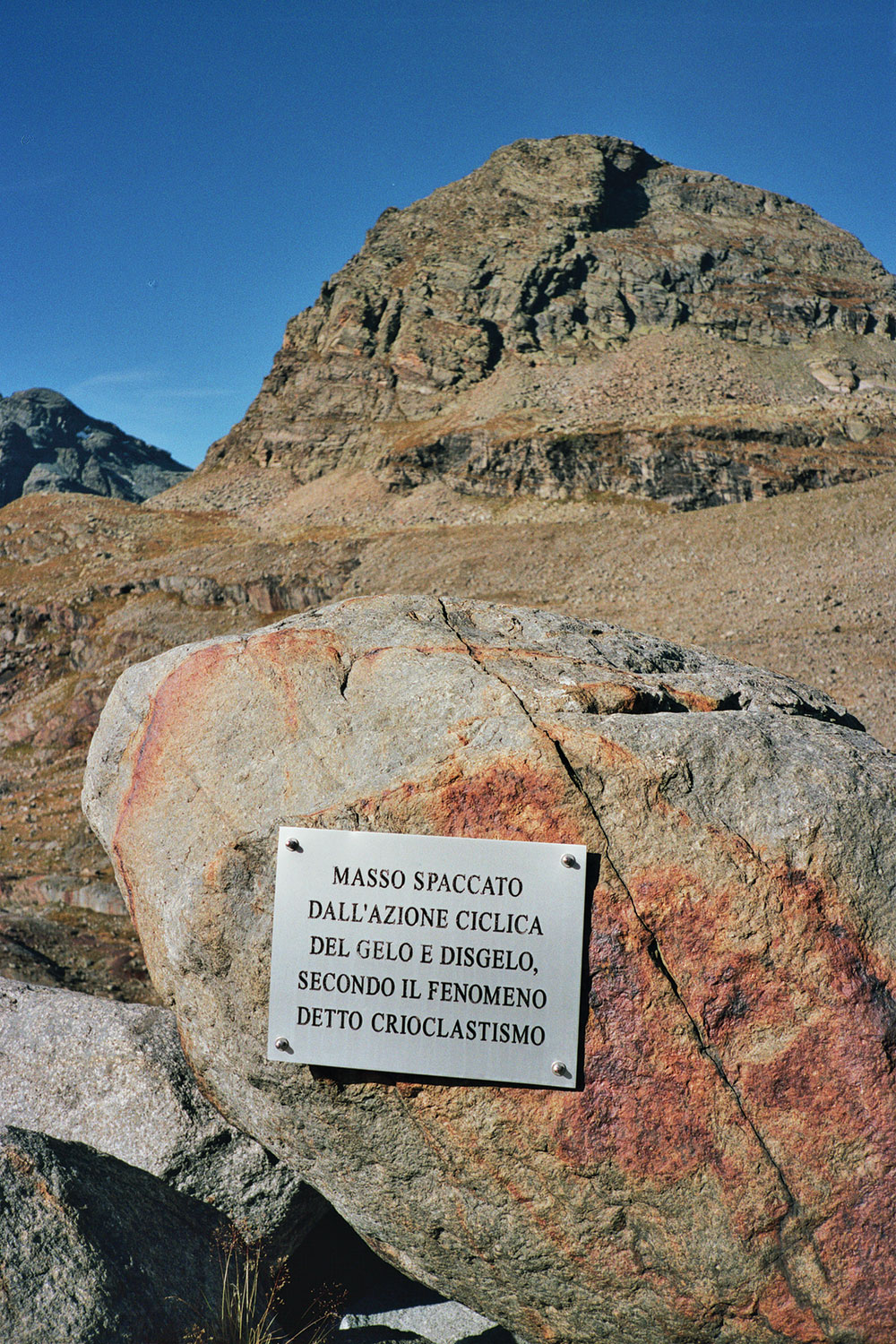
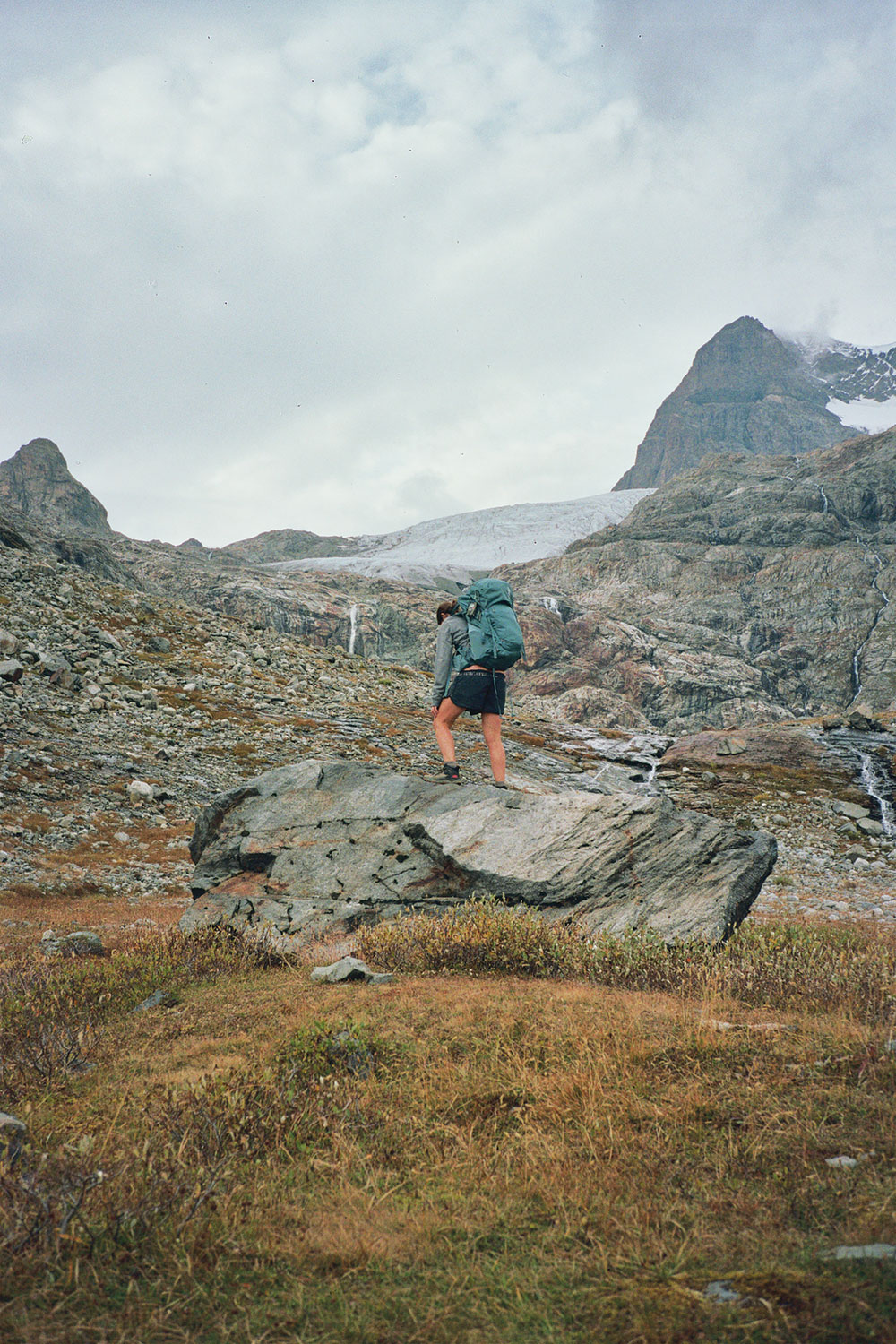
According to this classification, every living organism is identified by a double name in Latin, first related to the genus and the second to the species. Its updated system still constitutes the foundation of the classification of the plant kingdom (and not only) up to date. Subsequently other scholars introduced new genera and species and, having to diversify them from those established by Linnaeus, it was decided to add to the Latin binomial also the abbreviation of the surname of the naturalist coiner: for Linnaeus, the only letter “L”.
Linnaeus was very religious and believed that by studying what God had created it would be possible to understand divine wisdom. In his opinion, the study of nature would reveal the divine order of creation, and the naturalist’s job would therefore be to build a “natural classification” to reveal this order in the universe.
I am not religious but I feel a strong spirituality in me, so I too think that observing nature, studying it and understanding it can not only make us come into deep contact with it and be reassured, but also it can reveal to us in a certain way the meaning of life itself and above all let us to reacquire a way of perceiving and treating it more similar to the one of our ancestors and therefore more respectful.
In the last few months I have been working on a project that is deeply close to my heart whose name is “Last Chance” with Stefano Tosoni, who wrote and conceived it, and Achille Mauri, whose photos you can find accompanying this article. Last Chance is a journey into places transformed by climate change and a tale of the shocks that the biosphere is receiving due to the impact of our lives and systems. It is our call, the last one to hear the cry of pain of the earth and at the same time our declaration of love and care for our planet.
